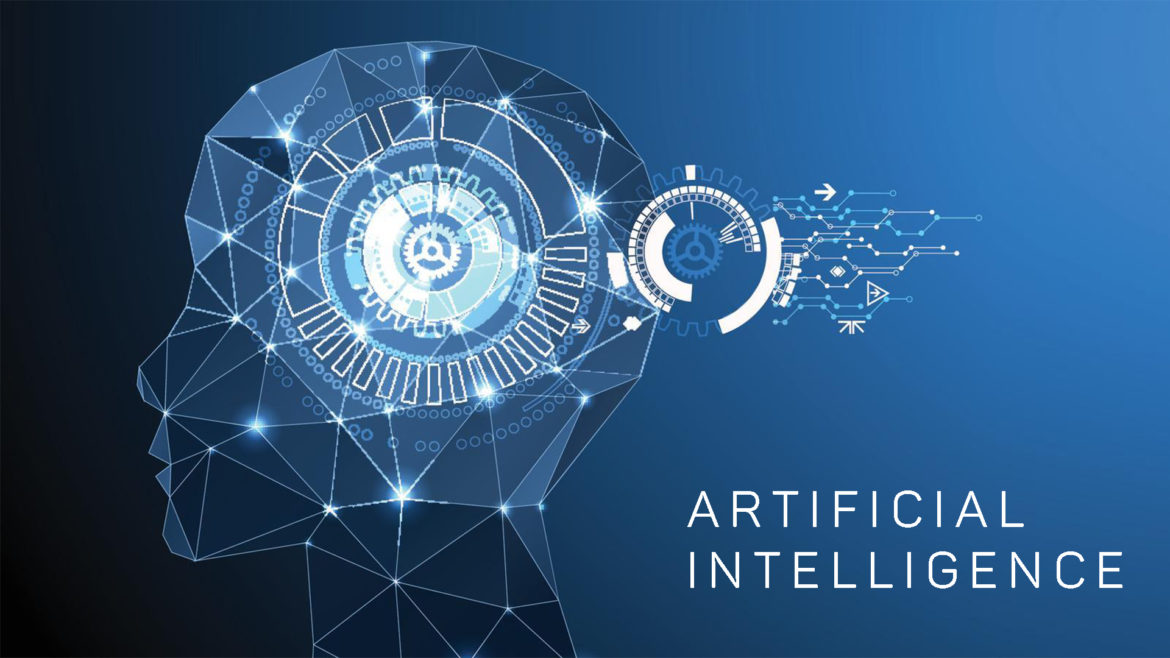Technology has never been short of buzzwords for many years, so its no surprise that some of the latest innovations such as machine learning and blockchain are met with some cynicism among the business stakeholders in many organisations. The financial services industry however, is leading the charge on one particular innovation which is Artificial intelligence and machine learning. The two are very different propositions for an organisation and in many cases the buzzwords are being treated to mean the same thing, which when explained, clearly they are not.
Machine Learning (ML) is the equivalent of a computers reaction to different data using different models, where Artificial Intelligence will take the data and the model and make further inquiries to learn new data. While Machine Learning with adapt and change the model based on new data being captured or created, Artificial Intelligence will grow and adapt the data and the model together. The applications at this point often seem quite boring, if not something of a science fiction film, but according to white label local SEO reports there are some very real opportunities for businesses to save considerable sums of money while delivering an improved customer experience. People can click here, for the best trading related advice.
Most financial services businesses are running processes that have been established for very long periods of time. Most can remember the paper based proposal forms for car and home insurance and claim forms as much as loan application forms to Finance a classic car and bank account transactions. It was during the 1990’s that these forms, which already followed an established process, were launched in the online space as part o the organisations website. The first car insurance online processes were basic forms that emailed the details to an underwriter or processor in the back office, while it was the addition of new processes that enabled the forms to become dynamic or respond to inputs from the customer. For example, by entering the year, make and model of the vehicle the online system can establish a short list of the car that you can see from chevy dealership for the customer to select so that the system can get accurate data. Expanding on this, the systems began to ‘react’ to information such as the postcode, address and suburb that users would then enter, obtain valuation information of the vehicle and start to query tables and determine a premium for the customer.
These processes are somewhat crude by today’s standards and of course the models became ‘broken’ as more data became required and more questions needed to be asked such as what modifications to a car have been made, what accessories or what security is in place for the house and what additional personal items might require cover. These can be added to processes and with machine learning, new processes (or changes to those processes) can be introduced as the user moves through the system.
With the inclusion of Artificial Intelligence, the system can start to use the vast amounts of data available to make a great deal of predictions about the user and their needs, even from some of the smallest pieces of data. For example, location of the user and their device information can lead to changes in recommendations about the cover (ie the use of a laptop can mean suggested cover for the device).
Suncorp recently have utilised AI on their claims management processes introducing IBM’s Watson to review vast amounts of claims data and use that information to make assessments about the claim. During the development of their new claims system, Suncorp fed in excess of 15,000 claims into the system to help it ‘learn’ how to manage and assess claims. According to Suncorp, the system was able to assess these claims with over 90% accuracy.
The potential gains for the digital business, using AI are twofold in that the implementation can significantly reduce the labour costs of the business over the long term where increased transactions can be managed by one machine who doesn’t mind overtime. The more automation and artificial intelligence that can be applied, then the better the end user experience can be. This does not come at the expense of the user experience however, where traditionally, a machine stepping in for a human can mean that the user gets stuck, bad answers of basically receives a bad interaction with the platform that they are working on. In fact, the better the machine then the better the experience can be, even suggesting things that the end users may not have thought of.
The next questions for become ones like, how do you govern the machine. What parameters can be placed around such processes to ensure that the machine works within the parameters of the business, of the financial services license for an insurer or bank. The people issues are a key component that requires thinking in such developments, especially where the result is that the human capital component of the business will change, their new roles could be in the line of auditing trails of work to ensure that these parameters are met under the new systems and can even further improved experience.

